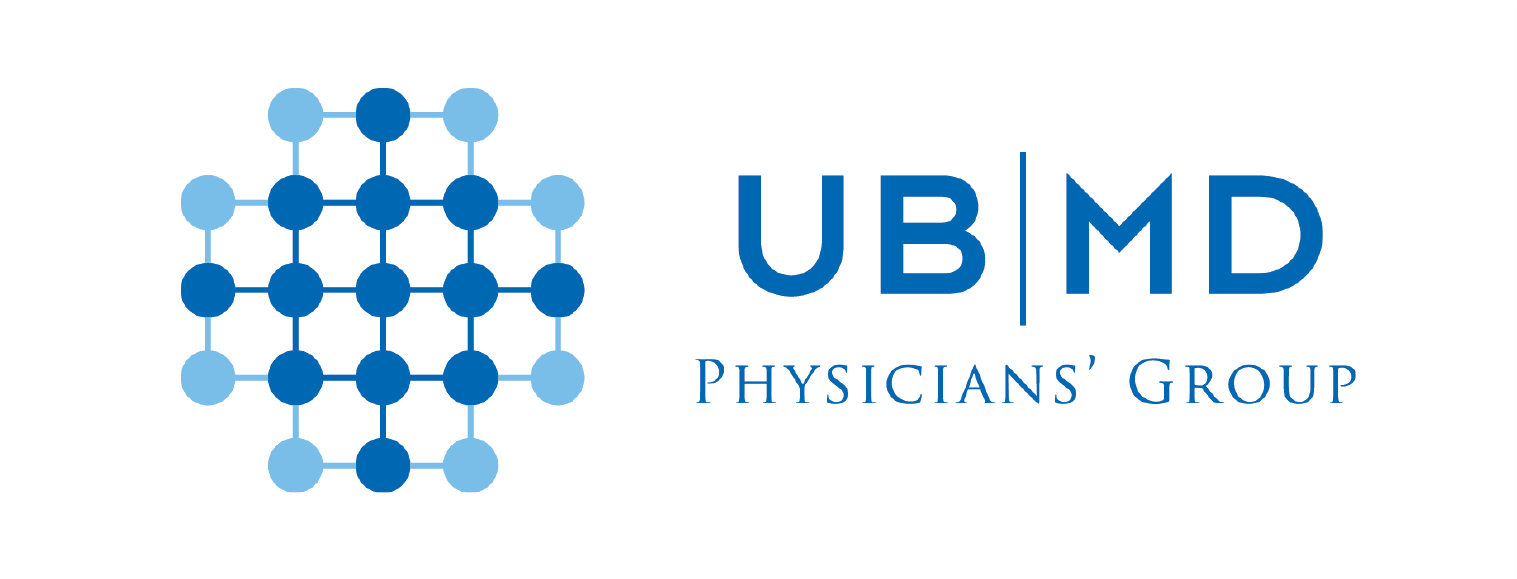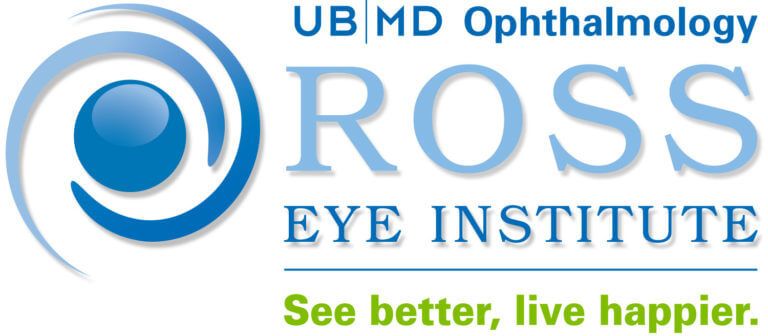COMPREHENSIVE EYE CARE
- ROSS EYE INSTITUTE -
-
Amblyopia (Lazy Eye)
What Is Amblyopia (Lazy Eye)?
Amblyopia is when one eye sees better than the other; a problem of childhood development. The weaker eye may or may not “wander.” The weaker eye is called the “lazy eye.”
What Causes Amblyopia?
Amblyopia usually starts when one eye has much better focus than the other eye. For example, when the child’s brain is confronted with both a blurry image and a clear image, it will begin to ignore the blurry image. If this goes on for months or years, the vision in the eye that sees the blurry image will deteriorate.
How Can ‘Lazy Eye’ Be Detected?
All children should be screened for amblyopia before they are school age. Your child’s doctor or the vision program at school will check three aspects of your child’s eye health: that your child’s eyes let light all the way through; that both eyes see equally well; and, that the eyes are moving normally.
How Is Amblyopia Treated?
The most common treatment for amblyopia is to force the brain to start using the “bad” eye by putting a patch over the “good” eye.
-
Astigmatism
What Is Astigmatism?
A defect that causes an inability to properly focus light onto the retina. Astigmatism causes blurry vision that can be corrected with glasses or contact lenses.
What Causes Astigmatism?
Astigmatism can be hereditary and is often present at birth. It can also result from pressure from the eyelids on the cornea, incorrect posture, or an increased use of the eyes for close work.
What Are The Symptoms Of Astigmatism?
People with undetected astigmatism often experience headaches, fatigue, eyestrain and blurred vision at all distances. While these symptoms may not necessarily be the result of astigmatism, you should schedule an eye exam if you are experiencing one or more symptoms.
How Is Astigmatism Treated?
Almost all degrees of astigmatism can be corrected with properly prescribed eyeglasses or contact lenses.
-
Conjunctivitis (Pink Eye)
What Is Conjunctivitis?
Also known as “pink eye,” conjunctivitis is an infection or inflammation of the conjunctiva.
What Causes Pink Eye?
Conjunctivitis is usually caused by allergies, a virus or a bacterial infection.
What Are The Symptoms Of Conjunctivitis?
The symptoms of pink eye differ based on the cause of the inflammation, but may include redness in the white of the eye or inner eyelid, increased amount of tears, thick yellow discharge that crusts over the eyelashes, especially after sleep, green or white discharge from the eye, itchy eyes, burning eyes, blurred vision and increased sensitivity to light.
How Is Conjunctivitis Treated?
Treatment depends on the type of conjunctivitis, but you may relieve the symptoms of pink eye by protecting your eyes from dirt and other irritating substances, avoiding the use of makeup, removing contact lenses if you wear them, and using non-prescription “artificial tears,” which may help relieve itching and burning from the irritating substances causing your pink eye.
-
Hyperopia (Farsightedness)
What Is Hyperopia?
Hyperopia, also called farsightedness, is the inability to see nearby objects clearly. The eye is “too short” for the lens, or certain eye muscles have weakened with age.
What Causes Hyperopia?
Farsightedness occurs when light entering the eye is focused behind the retina instead of directly on its camera. This is caused by an eye that is too short, whose cornea camera is not curved enough, or whose lens sits farther back in the eye than normal. Farsightedness often runs in families. In rare cases, some diseases such as retinopathy and eye tumors can cause it.
What Are The Symptoms Of Hyperopia?
Symptoms of farsightedness can include blurred vision (especially at night), trouble seeing objects up close, aching eyes, eyestrain and headaches.
How Is Farsightedness Treated?
Most farsighted people don’t need treatment. Your eyes can usually adjust to make up for the problem. But as you age and your eyes can’t adjust as well, you will probably need eyeglasses or contact lenses. (Glasses or contact lenses can help at any age if farsightedness is more than a mild problem.)
-
Myopia (Nearsightedness)
What Is Myopia?
Myopia, or nearsightedness, is the inability to see clearly at a distance. The eye is “too long” for the lens, so light isn’t focused properly on the retina.
What Causes Myopia?
In nearsighted people, the eyeball is too long or the cornea has too much curvature, so the light entering the eye is not focused correctly. Nearsightedness runs in families and usually appears in childhood. Usually the condition plateaus, but it can worsen with age.
What Are The Symptoms Of Myopia?
People who are nearsighted often complain of headaches, eyestrain, squinting or fatigue when driving, playing sports or looking more than a few feet away. Children commonly complain of not being able to see the chalkboard at school.
How Is Nearsightedness Treated?
Glasses, contact lenses or refractive surgery can correct nearsightedness.
-
Strabismus (Crossed Eyes)
What Is Strabismus?
The eyes do not point in the same direction. The brain may then favor one eye, causing decreased vision (amblyopia) in the other eye.
What Causes Strabismus?
Some people are born with eyes that do not align in the usual way. This is called congenital strabismus. In many children, there is no clear cause of strabismus. In some cases, strabismus is the result of a problem with the nervous system.
How Is Strabismus Treated?
Vision therapy may be recommended to help a person correct their vision or strengthen their eye muscles. This therapy may help train a patient’s brain to align their eyes and focus and visually process images. Vision therapy uses computerized optical devises, including lenses and filters, to develop the eye muscles.
-
Other Common Eye Problems
Stye
Bacteria infect the skin on the edge of the eyelid, creating a tender red bump.
Chalazion
An oil-making gland gets blocked and swells into a bump. Often confused with styes, chalazions are not caused by infections.
Hyphema
Bleeding into the front of the eye, behind the cornea. Hyphema is usually caused by trauma.
Blepharitis
Inflammation of the eyelids near the eyelashes. Blepharitis is a common cause of itching or a feeling of grit in the eyes.
Corneal Abrasion
A scratch on the clear part of the front of the eye. Pain, light sensitivity or a feeling of grit in the eye are the usual symptoms.
Keratitis
Inflammation or infection of the cornea. Keratitis typically occurs after germs enter a corneal abrasion.
Retinitis
Inflammation or infection of the retina. Retinitis may be a long-term genetic condition or result from a viral infection.
Uveitis (Iritis)
The colored part of the eye becomes inflamed or infected. An overactive immune system, bacteria or viruses can be responsible.
Optic Neuritis
The optic nerve becomes inflamed, usually from an overactive immune system. Painful vision loss in one eye typically results.
Black Eye
Swelling and discoloration around the eye as a result of injury to the face.
Contact Us
We will get back to you as soon as possible.
Please try again later.
BUFFALO NIAGARA
F: 716-881-4349
Office Hours:
Monday - Friday: 8:00 am - 4:30 pm
SOUTHTOWNS OFFICE
F: 716-677-6507
Office Hours:
Monday - Friday: 8:00 am - 4:30 pm
BUFFALO NIAGARA
F: 716-881-4349
Office Hours:
Monday - Friday: 8:00 am - 4:30 pm
SOUTHTOWNS OFFICE
F: 716-677-6507
Office Hours:
Monday - Friday: 8:00 am - 4:30 pm


© 2024. Ross Eye Institute.
The Ross Eye Institute website makes every attempt to comply with The Americans with Disabilities Act (ADA) of 1990. If you are using a screen reader and are having problems using this website, please call for assistance.